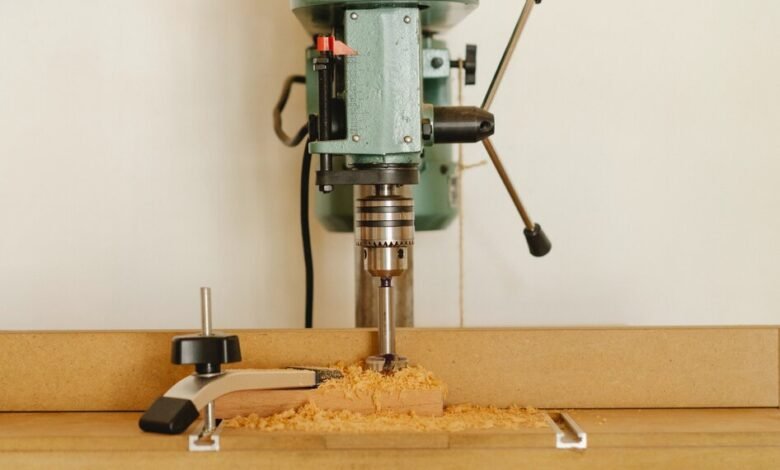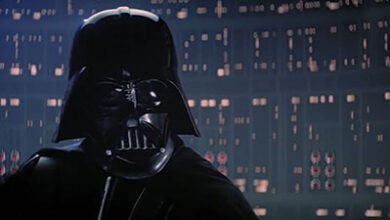PHOTOCHEMICAL MACHINING (SPRAY ETCHING

INTRODUCTION
PCM (spray etching) is a version of CH-milling in which the resistant masks are implemented to the WP via way of photographic techniques.
The procedures are pretty similar, due to the fact each uses etchant to cast off cloth via way of CD.
CH-milling is typically used at the three-D elements at first shaped via way of different production procedures including forging and casting of abnormal shapes.
However, PCM is a promising approach for machining foils and sheets of thicknesses starting from 0.013 to 1. five mm to supply correct and micro shapes.
So, the PCM system will become a sensible opportunity for shearing and punching operations completed via way of mechanical presses.
Additionally, a prime distinction among CH-milling and PCM is that during CH-milling, the intensity of etching is managed by the point the issue is immersed withinside the etchant, while in PCM, the etch intensity is managed by the point the issue is sprayed via way of sparkling etchant via top and decrease nozzles, as a consequence enhancing the overall performance of the PCM system via way of activating the etch charge and improving the quality.
Visser et al. (1994) claimed that the etch charge of PCM is five–10 instances that carried out via way of CH-milling. Of course, in PCM, an exceptionally advanced highly-priced system is wanted to offer excessive pressure/excessive temperature.
This system is prepared with the subsequent units:
1. System of higher and decrease nozzles
2. Multispeed conveyor for serving the WP
3. A unit for cleansing the worksheet via way of water and drying it via way of warm air
4. A unit for measuring and controlling the density and awareness of etchant five.
A unit for product inspection In PCM, the subsequent steps are:
The required element from this is taken into consideration as a number one photo for the photo tool is created via way of CAD.
The drawing is then laser-revealed for correct paintings, including PCB.
2. Two photographic negatives, referred to as artwork, are produced on the real length of the paintings.
3. The sheet steel is chemically wiped clean after which covered with an exceptionally touchy photoresist (referred to as touchy emulsion).
The coating is completed via way of spraying, dipping, or rolling.
The paintings is permitted to dry.
The photoresist adheres to the surface, defensive it all through etching.
4. After coating, the paintings are sandwiched among the 2 negatives (artwork), then uncovered in a vacuum, to an ultraviolet (UV) light.
The coating is solidified in uncovered regions and is eliminated from the uncovered place via way of dissolving into the developer.
5. The worksheet is uncovered as soon as an effective water jet is cast off the tender photoresist.
The worksheet is then rinsed via way of deionized water, then dried via way of nitrogen gas.
6. The worksheet is then spray-etched from the pinnacle and bottom.
This allows the cloth to be etched from each side, as a consequence minimizing the undercutting, lowering the machining time, and generating straighter sidewalls.
7. After etching, the difficult photoresist is eliminated and the worksheet is rinsed to keep away from any reactions with a suspended etchant.
The system additionally works properly on springy substances which might be difficult to punch.
The substances need to be flat with a view to later be bent to form and assembled into different components.
Products made via way of PCM are usually determined withinside the electronic, automotive, aerospace, telecommunication, computer, and different industries.
Typical merchandise including PCB, fine screens, flat springs, and so forth machined from foils.
spray-etched chrome steel of one mm thickness sprayed from the pinnacle and bottom.
fifty indicates the improvement of a nook radius, which will increase with the etching time.
Advantages and Disadvantages
Photochemical Machining Advantages In addition to the formerly stated blessings of CH-milling, PCM is characterized via way of the subsequent:
The accuracy and etch charge are extensively more than the ones found out via way of EC milling.
Because the tooling is made via way of photographic techniques, they may be without problems stored, and styles may be reproduced without problems ead instances are small as compared to the ones required via way of procedures that require difficult tooling.
Delicate and fragile elements of small thicknesses are produced via way of PCM with no deformation and warping.
Disadvantages
Apart from the hazards of CH-milling, the PCM has additionally the subsequent limitations:
Requires exceptionally professional operators.
Requires a greater highly-priced system.
The system ought to be covered from the corrosive movement of etchants In the machining cell, the WP is attached to the anode, even as the device is attached to the cathode of a dc supply of five–30 V.
Both the device and WP electrodes need to be electrically conductive.
They are separated via way of an opening of 0.1–1 mm thickness, into which an electrolyte (NaCl, KCl, or NaNO3) is pumped hastily to comb away from the response merchandise (sludge) from the slim machining gap.
Depending on the distance thickness, a machining present-day of excessive density (20–800 A/cm2 ) is passed, inflicting an excessive anodic dissolution charge.
The form of the hollow space shaped withinside the WP is the lady mating photo of the device form.
The device advances axially closer to the WP through a servomechanism at a consistent feed charge starting from 0. five to ten mm/min.
The anodic dissolution charge of the WP VA adjusts itself to be in shape with the chosen device feed (if = VA).
This matching function or the self-adjusting characteristic of the ECM system controls and stabilizes its overall performance.




